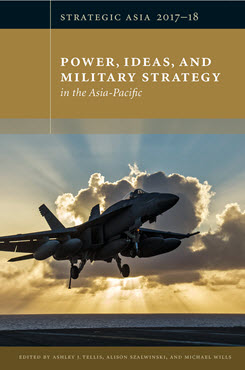Putin and Russia's Strategic Priorities
This chapter discusses Russia’s military strategy under Vladimir Putin, its connection to Russian material capabilities and strategic culture, and Putin’s reasons for prioritizing the U.S. and the West as the greatest external threat that Moscow faces.
Executive Summary
MAIN ARGUMENT
Putin’s focus on the U.S. and the West as the principal external threat that Russia faces results from several factors. Although Sunni jihadists and China’s rise pose other challenges for Russia, neither is perceived as presenting a threat to Putin’s authoritarian rule in the way that the West does. Putin has built up Russia’s nuclear and conventional forces in order to both limit the U.S. ability to act unilaterally and increase Russia’s ability to do so. Yet despite this buildup, he has not sought to directly engage the U.S. and NATO in conflict. However, the hybrid warfare capacity he has developed (including techniques for interfering in elections) appears designed to weaken the U.S. and the West by means short of war. Putin may well remain in power for many years and seems unlikely to change his mind about seeing the U.S. and the West as Russia’s primary threat.
POLICY IMPLICATIONS
- Putin’s buildup of a formidable array of military tools as well as the capacity to weaken other states through cyber and other nonconventional means has created difficulties for the West in responding to the challenges that Moscow poses.
- Putin is unlikely to both make geopolitical gains for Russia at the West’s expense and persuade the West to accept his actions and go back to doing business as usual with Russia.
- As long as Putin pursues a strategy that primarily targets the U.S. and the West, Washington will have to expend resources toward Russia that could have been used to counter other threats.
Strategic Asia
The Strategic Asia annual edited volume incorporates assessments of economic, political, and military trends and focuses on the strategies that drive policy in the region. Learn more about Strategic Asia.



